Zero-Dose Case Studies
Explore a curated collection of zero-dose immunization case studies highlighting approaches to identify and reach zero-dose and under-immunized children and missed communities.
Displaying 13 resources.
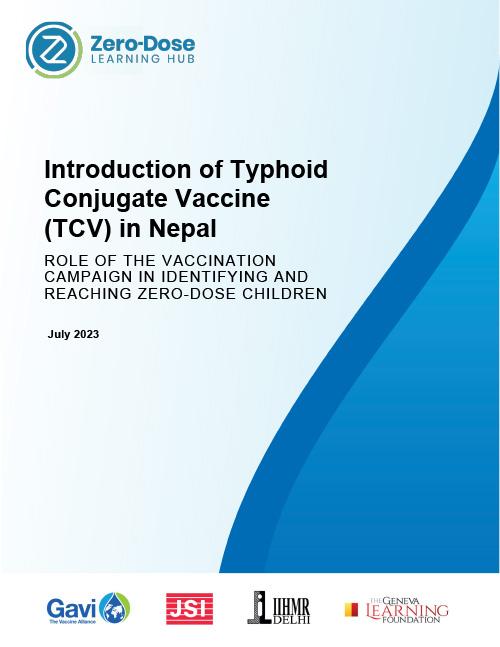
Introduction of Typhoid Conjugate Vaccine (TCV) in Nepal: Role of the Vaccination Campaign in Identifying and Reaching Zero-Dose Children
The introduction of the typhoid conjugate vaccine (TCV) in Nepal presented an opportunity to identify and reach zero-dose children during the vaccination introduction's catch-up campaign. Based on a series of key informant interviews with stakeholders at different levels of the health system,…
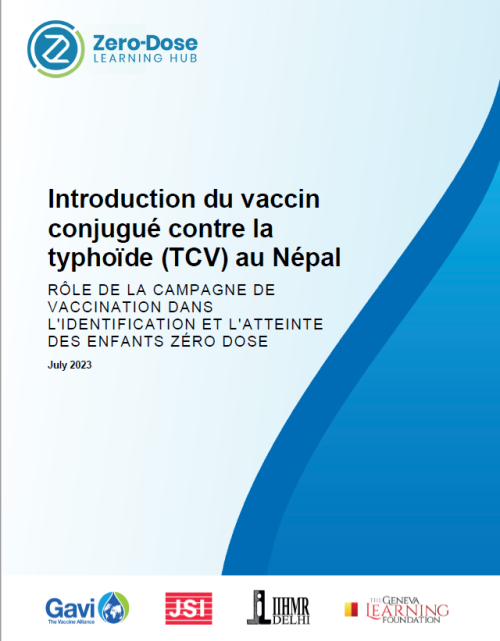
Introduction du vaccin conjugué contre la typhoïde (TCV) au Népal : Rôle de la campagne de vaccination dans l'identification et l'atteinte des enfants recevant une dose nulle
L'introduction du vaccin conjugué contre la typhoïde (TCV) au Népal a constitué une opportunité visant à identifier et atteindre les enfants zéro-dose lors de la campagne de rattrapage liée à l'introduction de la vaccination. Fondée sur une série d'entretiens avec des informateurs clés à divers…
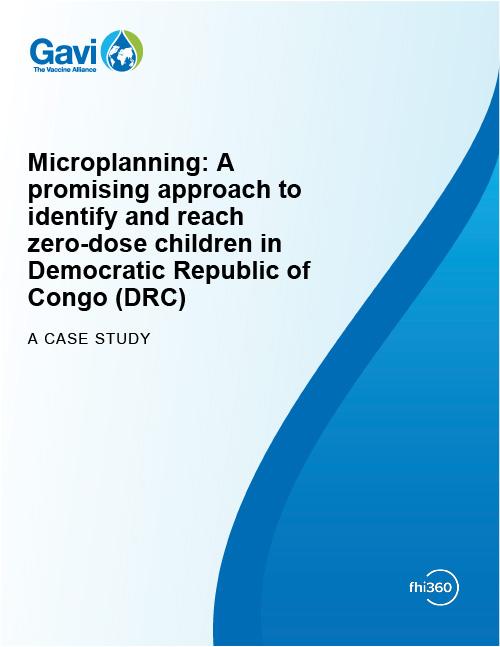
Microplanning: A Promising Approach to Identify and Reach Zero-Dose Children in Democratic Republic of Congo (DRC)
Experts working on immunization efforts in the Democratic Republic of the Congo (DRC) have identified many challenges to reaching all children with vaccination, one of which is low caregiver demand for vaccination. In 2018, the Expanded Program on Immunization (EPI) within the Ministry of Health (…
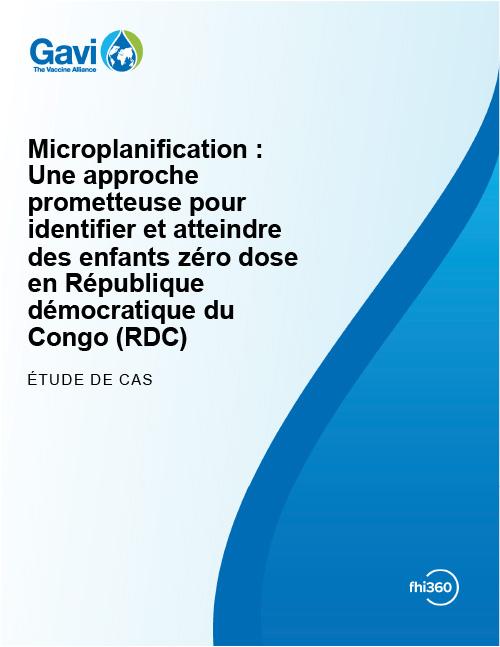
Microplanification : Une Approche Prometteuse pour Identifier et Atteindre des Enfants Zéro Dose en République Démocratique du Congo (RDC)
Des experts travaillant sur les efforts d'immunisation en République démocratique du Congo (RDC) ont identifié de nombreux défis pour atteindre tous les enfants avec la vaccination, dont l'un est la faible demande de vaccination des soignants.
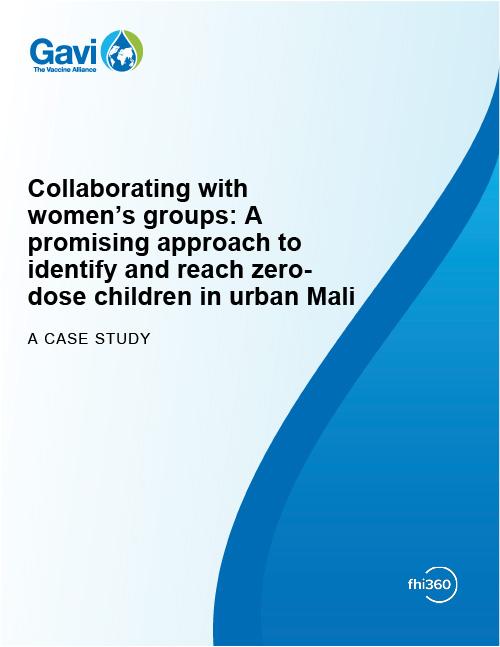
Collaborating with Women’s Groups: A Promising Approach to Identify and Reach Zero-Dose Children in Urban Mali
Despite rural areas in Mali having a higher rate of zero-dose (ZD) children than urban areas, the total number of ZD children is highest in urban areas, including Sikasso, Mali's third-most populous region. This has led Mali to adopt innovative pro-equity strategies, such as utilizing women's…
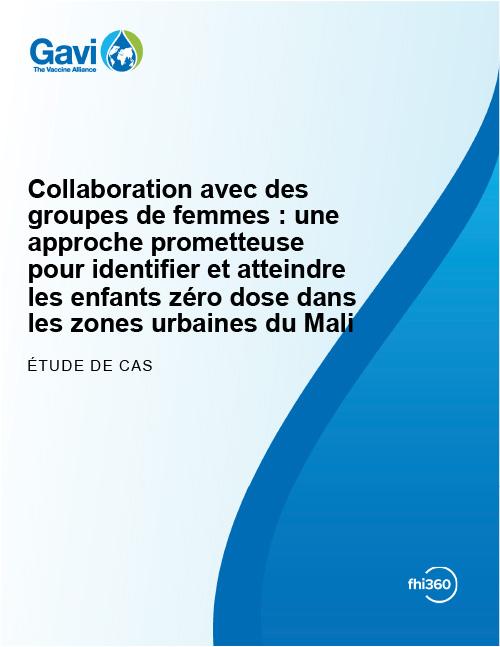
Collaboration Avec des Groupes de Femmes : Une Approche Prometteuse pour Identifier et Atteindre les Enfants Zéro Dose dans les Zones Urbaines du Mali
Bien que les zones rurales du Mali aient un taux plus élevé d’enfants n’ayant reçu aucune dose de vaccination par rapport aux zones urbaines, le nombre total d’enfants Zéro-Dose demeure plus élevé dans les zones urbaines, notamment à Sikasso, la troisième région la plus peuplée du Mali.
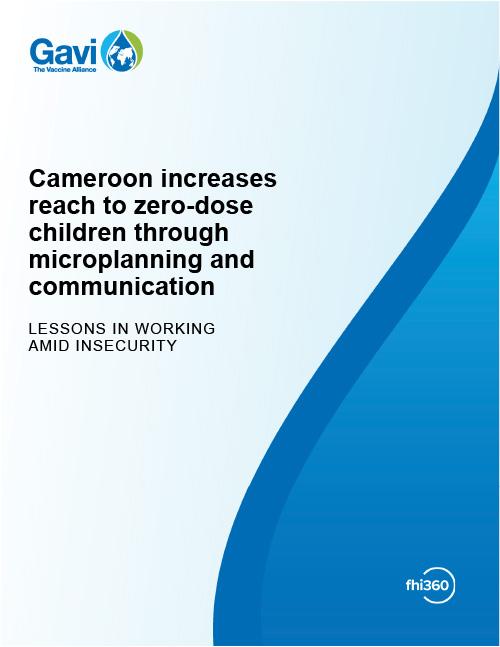
Cameroon Increases Reach to Zero-Dose Children through Microplanning and Communication
Cameroon has experienced disruptions in health services since 2016 due to insecurity along some of its borders and internal socio-political upheaval in the northwest and southwest regions. Despite a decrease in vaccination rates in urban areas because of the COVID-19 pandemic, the country’s overall…
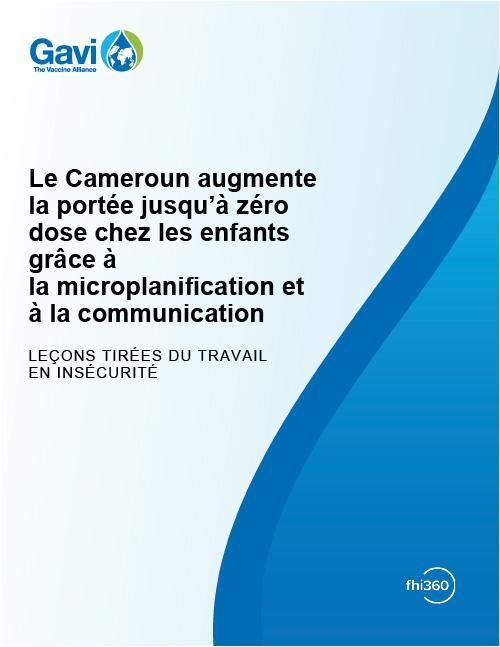
Le Cameroun Augmente la Portée Jusqu’à Zéro Dose Chez les Enfants Grâce à la Microplanification et à la Communication
En raison de l’insécurité le long de certaines de ses frontières et des bouleversements sociopolitiques internes dans les régions du Nord-Ouest et du Sud-Ouest, le Cameroun connaît des perturbations dans les services de santé depuis 2016.
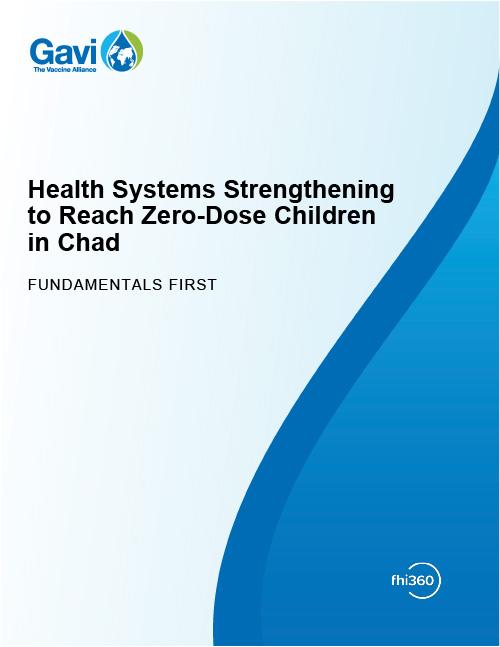
Health Systems Strengthening to Reach Zero-Dose Children in Chad
Chad's child immunization rates have increased steadily in recent years, despite the COVID-19 pandemic. The country's success is likely due to several factors, including investments by the government and partners in health systems strengthening, particularly in human resources, transportation, cold…
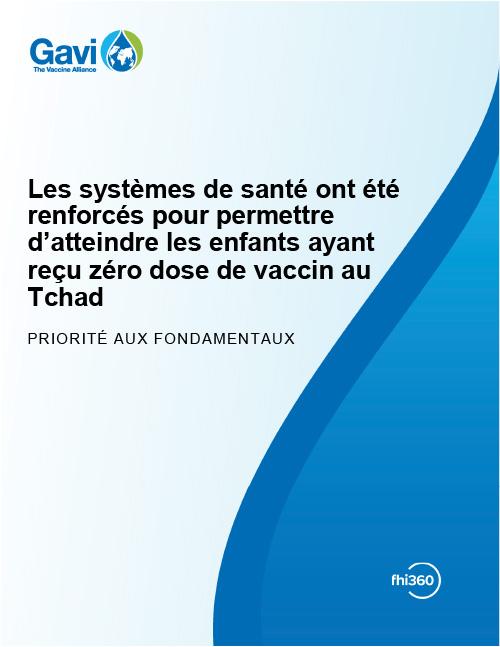
Les Systèmes de Santé ont été Renforcés pour Permettre D’atteindre les Enfants Ayant Reçu Zéro Dose de Vaccin au Tchad
Les taux de vaccination des enfants au Tchad ont régulièrement augmenté ces dernières années, malgré la pandémie de COVID-19. Le succès du pays est probablement dû à plusieurs facteurs, tels que les investissements du gouvernement et des partenaires dans le renforcement des systèmes de santé, en…
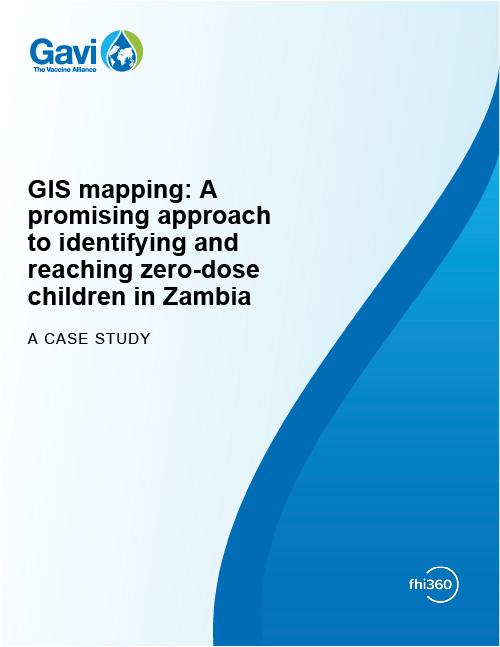
GIS Mapping: A Promising Approach to Identifying and Reaching Zero-Dose Children in Zambia
Despite high national coverage rates in Zambia, pockets of inequities exist. These inequities are driven by geographic and sociodemographic factors (including wealth, rural or urban slum residence, number of children in the household, and education of mothers) that result in households and/or…
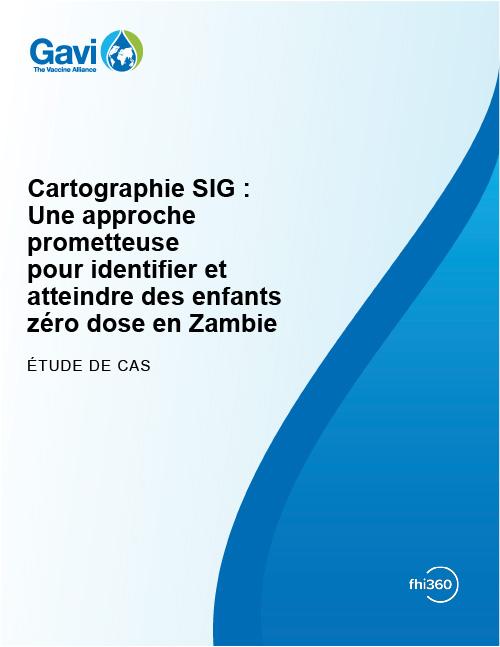
Cartographie SIG : Une Approche Prometteuse Pour Identifier et Atteindre des Enfants Zéro Dose en Zambie
Malgré des taux de couverture nationale élevés, il existe des poches d’inégalités. Ces inégalités sont dues à des facteurs géographiques et sociodémographiques (y compris la richesse, l’habitation dans une résidence rurale ou dans un bidonville urbain, le nombre d’enfants dans le foyer et l’…

Elevating Immunization Demand: Harnessing Social Networks and Reminders
In 2019, the National Health Mission and the Government of Haryana collaborated with J-PAL South Asia to pilot an ambassador and text message program aimed at increasing immunization rates in Palwal, Gurugram, and Mewat. Utilizing the ANMOL mobile application, the pilot focused on cost-effectively…